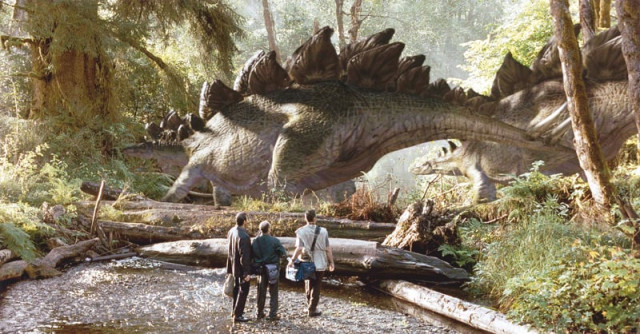
A Tyrannosaurus Rex lumbers towards you, belts out a deafening roar and stomps overhead with the person experiencing these events through a virtual reality headset, turning around to see the beast walk away. The life-like run in with a prehistoric predator comes courtesy of the prototype Oculus Rift goggles, which give a glimpse of a future where movies will break out of the flat-screen format.
Virtual reality, which immerses viewers in the 360-degree world, has long been used in video games. The technology is gradually drawing top flight of Hollywood filmmakers and studios such as 21st Century Fox and Walt Disney Co. It is expected to arrive in the consumer mass market within the next two years.

“Virtual reality can transport audiences into the middle of the movie landscape,” said Brendan Iribe, the chief executive of Oculus, which was acquired by Facebook Inc for $2 billion earlier this year. “In a decade or two, we are going to be at a point where watching things on 2D surfaces is going to feel pretty outdated,” he added.
Virtual reality still has a few obstacles to overcome before it usurps the current movie viewing experience. The biggest problem it faces is of motion sickness, which, according to Oculus, is close to being resolved. Hollywood directors are still trying to figure out how to create the 360-degree scenes, and it remains unclear if audiences will want to spend two hours in a virtual world.
Iribe has big ambitions for Oculus Rift devices, the latest of which he unveiled at a developer’s conference on Saturday in Hollywood. A prototype is being sold right now to developers for $350 per headset and, according to Iribe, a consumer version will be available in the coming few years.
Designers at Disney’s Lucasfilm have already started exploring the potential of the virtual reality experience and are trying to incorporate it into the Star Wars film franchise, as the studio gears up to release Episode VII of the series in 2015.
“Lucasfilm thinks this is a phenomenal space to be in,” said John Gaeta, Lucasfilm’s Oscar-winning creative director of new media and experiences. To take smaller steps toward bigger screens, digital projection company Barco is introducing Barco Escape, a 270-degree panoramic screen, in movie theatres. The three-piece screen expands to the left and right of theatre walls.

Fox is currently testing Barco Escape in select Cinemark theatres with young adult thriller The Maze Runner, where scenes were extended onto the expanded screens using computer-generated digital imagery. Director of Maze Runner, Wes Ball, said the extended screens were intended to immerse viewers in the visually-expanded world of the film, without detracting from the central screen.
Oscar-nominated filmmaker Guillermo Del Toro, an early adopter of new technology in film, presented an Oculus Rift game based on 2013’s Pacific Rim at San Diego’s Comic-Con in July. But he said “it will be hard to direct [a movie] because you have to show the audience what to see” when viewers can look anywhere.

But Robert Stromberg, the Academy Award-winning production designer behind the 2009 sci-fi film Avatar and director of Disney’s blockbuster Maleficent, now splits his time between traditional filmmaking and virtual reality storytelling, developing content for Oculus devices. “I’m really trying to see how the two can marry together,” he said. “I love the pioneering aspects. There is a thrill and an excitement to going in those places nobody has gone before.”
Published in The Express Tribune, September 25th, 2014.
Like Life & Style on Facebook, follow @ETLifeandStyle on Twitter for the latest in fashion, gossip and entertainment.


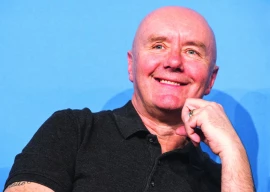
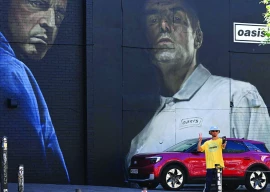
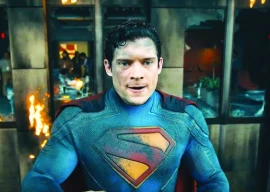
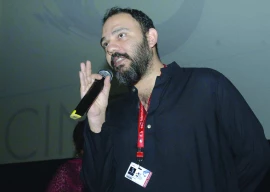












COMMENTS
Comments are moderated and generally will be posted if they are on-topic and not abusive.
For more information, please see our Comments FAQ